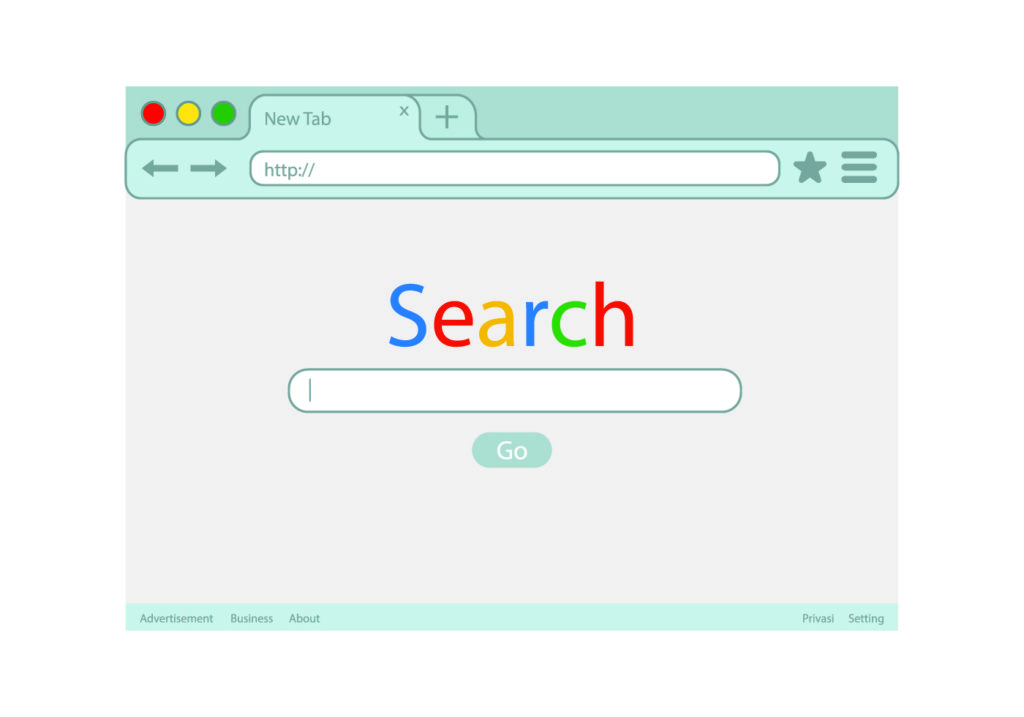Also called “canonical links,” a “rel=canonical” is a really useful line of code that can help solve issues with duplicate pages.
Canonical links point search engines toward “canonical pages,” so that duplicate content won’t hurt your SEO.
They look a little something like this:
Canonical links are found in the <head> tag of your page.
So you may be thinking, “Well, why don’t I just delete duplicate content and not worry about canonical links?”
While you should always be wary of producing duplicate content, there are some cases when it’s necessary, and a rel=canonical can help to avoid the penalties of duplicate content.
Why do I need Canonical Links?
In order to understand this, you need to think like a search engine. (Sensing a theme in these posts?)
Here’s an example:

Recognize our homepage?
What about this one?

They’re the same, right?
To us, this is the exact same webpage, but Google sees things differently.
The first, I accessed via the URL “clearboxseo.com”
The second, I accessed via the true URL, https://www.clearboxseo.com
To you and me, they’re both the same page, but to a search engine, these are two distinctly different pages. URLs are addresses, so to Google, these pages are like two identical model houses with different street addresses.
Since Google sees these pages as distinct, it’ll flag them as duplicate content. A canonical link in this case will show the search engine that you acknowledge the duplicate content and tell it that you want it to index the actual, or “canonical” page, and not the copies.*
When Should I use rel=canonical?
There are a lot of cases where duplicate content may be necessary.
Say you run an online shop. Let’s say you sell… phone cases.
You have a nice phone case in stock featuring wireless charging capabilities and whatnot, and you’ve put a lot of effort into the description. The phone case comes in five different colors, and you have five different pages to accommodate the color variations.
Since the vast majority of the content is the same across all five pages, you’re definitely going to suffer because of duplicate content. You also can’t redirect, since the five pages are each necessary. To solve this problem, you can use a canonical link.
Pick one of the pages. Go for the one with the most organic traffic or the most backlinks. If they’re all about equal, it won’t really matter as much. This page will be your canonical page. Using the rel=canonical tag, the other four pages will serve as variations of that page, and search engines will only crawl the canonical page.
From the user’s perspective, nothing changes. Canonical links have no effect on user experience, so they can browse the selections of phone cases just fine.
TL;DR: Canonical links are super effective, but not a one-size fits all solution. Sometimes, redirects are more effective, but in cases where duplicate content serves a purpose, the rel=canonical tag allows search engines to crawl your site without penalizing you for it and doesn’t impede user experience.
*This could also be done more effectively with a 301 redirect, but that’s a discussion for another time.







